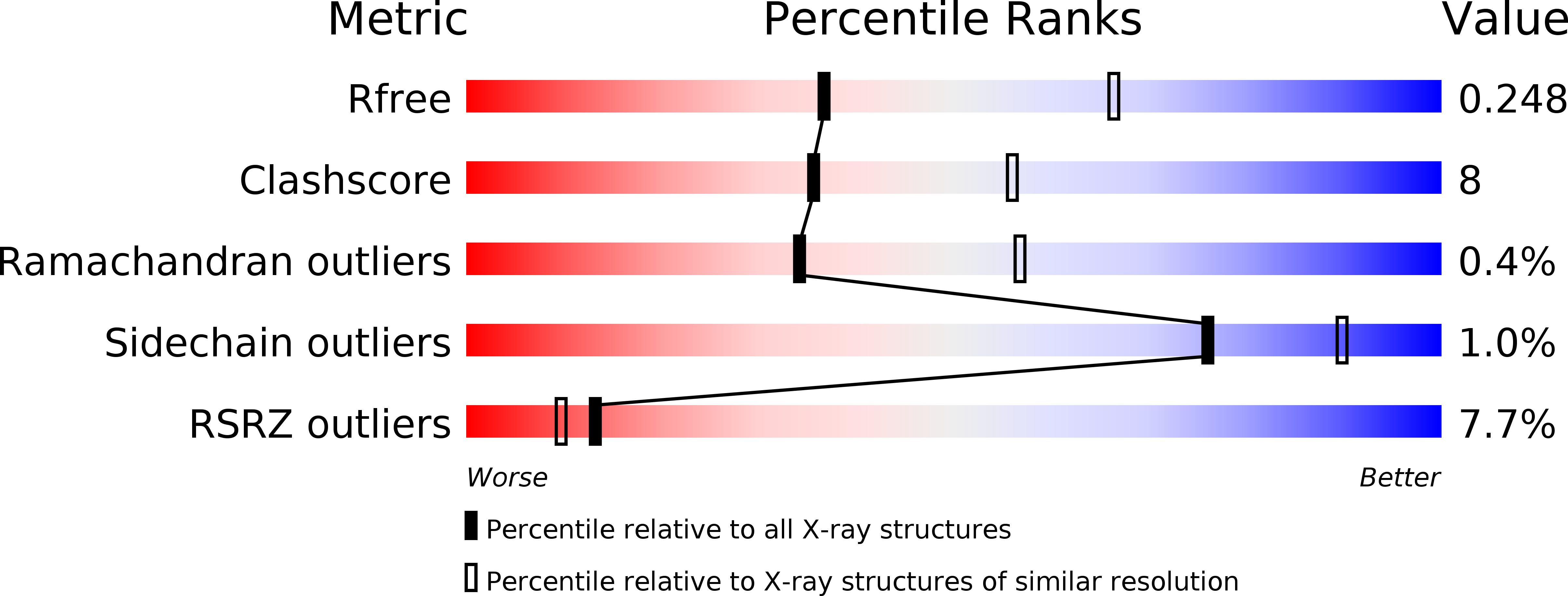
Deposition Date
2014-06-19
Release Date
2015-02-18
Last Version Date
2024-05-08
Entry Detail
PDB ID:
4TT0
Keywords:
Title:
Crystal structure of fragment 1600-1733 of HSV1 UL36 in the presence of 1M potassium iodide
Biological Source:
Source Organism:
Human herpesvirus 1(type 1 / strain 17) (Taxon ID: 10299)
Host Organism:
Method Details:
Experimental Method:
Resolution:
2.60 Å
R-Value Free:
0.24
R-Value Work:
0.18
R-Value Observed:
0.19
Space Group:
P 61 2 2


